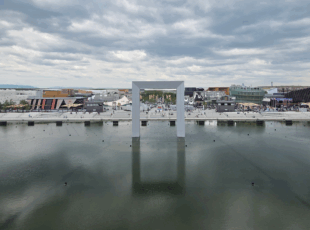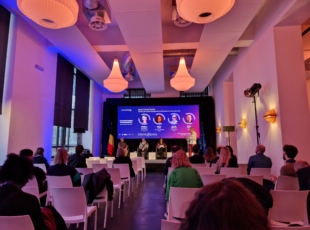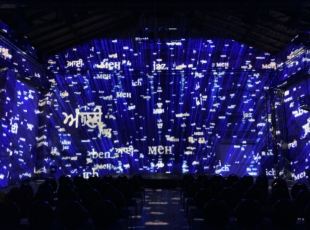XR4Heritage: spotlight on the emerging digital technologies used for its projects
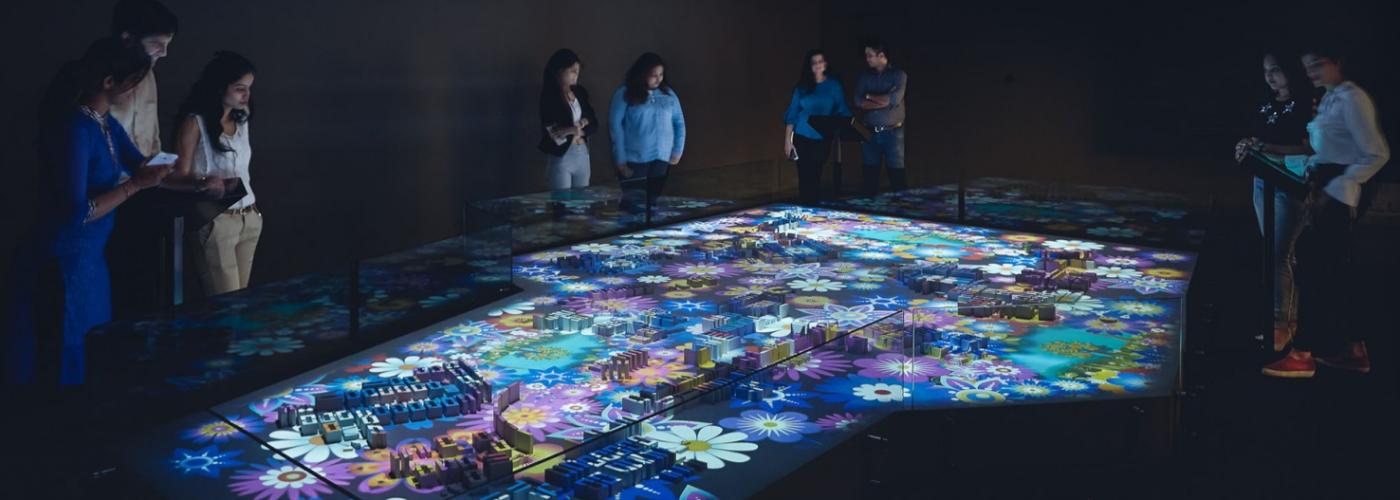
Article author :
During a period spanning over three days, the XR4Heritage event enabled numerous stakeholders and experts to share, swap ideas and discuss the various emerging technologies used to revisit our historical and cultural heritage. But, when it all boils down, what are these tools in actual fact? And in what ways can they be deployed to maximum effect? This article provides a short situation report
They go by the names of virtual reality (VR), augmented reality (AR), mixed reality (XR) and artificial intelligence (AI). They are the emerging digital technologies which were the primary focus throughout the whole of the XR4Heritage event. They are not completely new, as we have now been talking about them for ten years or so. But in the last couple of years they have made quantum leaps in terms of development and have considerably widened their potential application fields. These tools, combined with the innovative mediums by which they are made available to users, today enable our reality to be ‘augmented,’ or even new realities to be constructed, totally or partially emancipated from the rules which govern our universe.
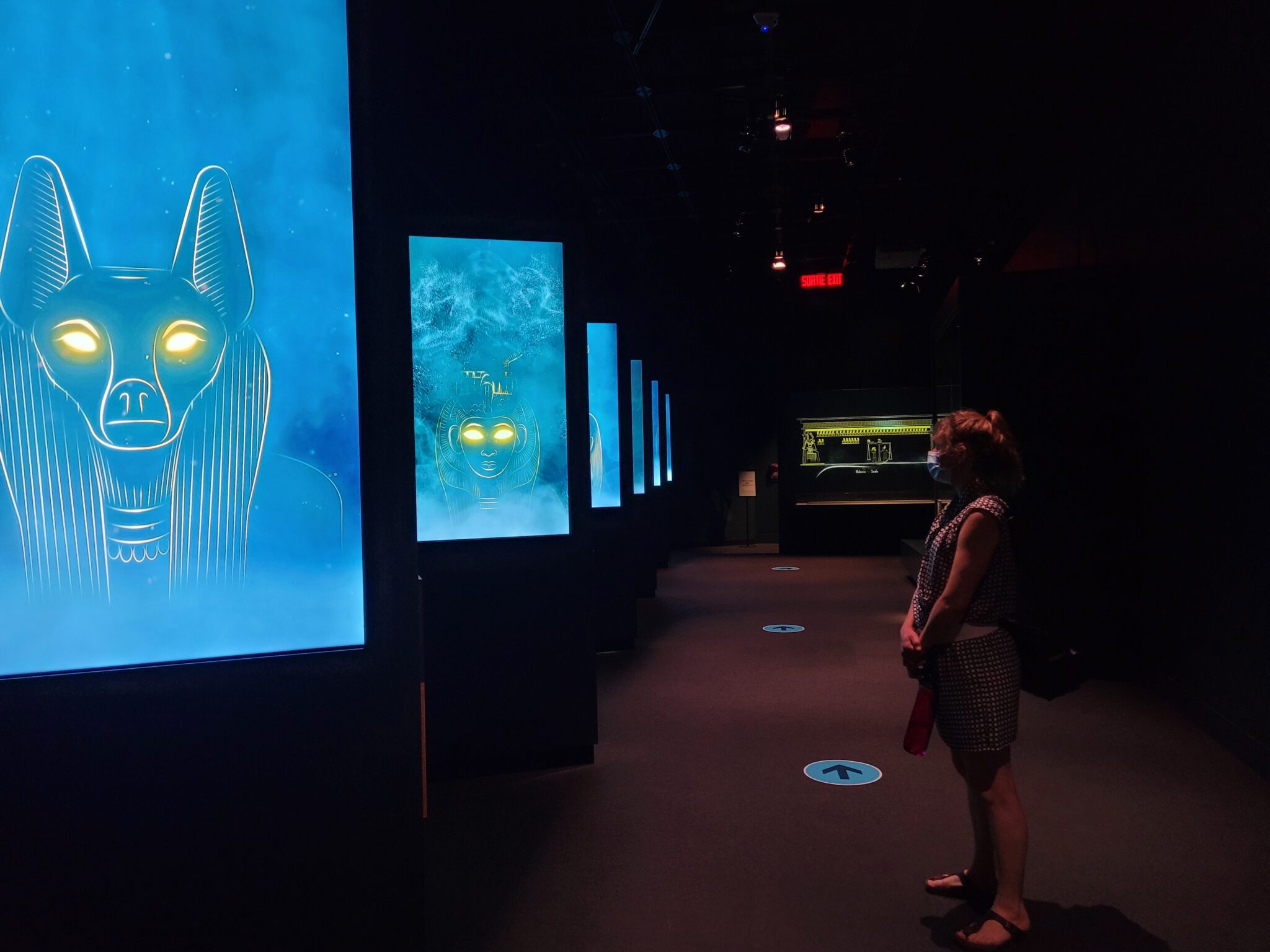
It is this context that XR4Heritage comes in. Its objective is to use the whole range of these new technologies to bring the past back to life, to allow us to revisit it so as to discover or understand this history better and fully make sense of it all. Accordingly, the ‘XR’ of the event’s title should be read slightly differently to the acronym for mixed reality it usually stands for, as Géraldine Bueken, its organiser, explains. ‘When it came to finding a name for our event, one thing became clear to us: nowadays, when you say ‘digital,’ you think of ‘internet sites’ and these types of technology based on the web. In the context of XR4Heritage we wanted to take it a step further. That is the reason we chose this name. The expression ‘XR’ has the advantage of being short and of being a portmanteau word. And ‘XR’ here signifies ‘Extended Reality,’ in other words ‘extended worlds,’ in the sense of experiences and perceptions made possible thanks to all the new tools we are using.’
A short glossary for emerging technologies
Let us begin with a succinct explanatory listing of the technologies we are concerned with here; first of all, there is virtual reality (VR), which requires the wearing of a headset which covers the eyes. Once you have got started, it offers you a 360° visual experience in real time. It enables you to live in a world invented entirely from scratch, but which at the same time cuts you off from actual reality and your surroundings.
Augmented reality (AR), for its part, lets you remain in the real, but while ‘improving’ it. This can be achieved by means of a smartphone, which will film the environment around you and add to it virtual constituents which will ‘augment’ it. Handy, but at times less immersive than VR.
Between the two there is mixed reality (XR), which is visualised by means of a virtual reality headset equipped with cameras which allow the user to see the real world, but adds on top of it a layer of very elaborate 3D content.
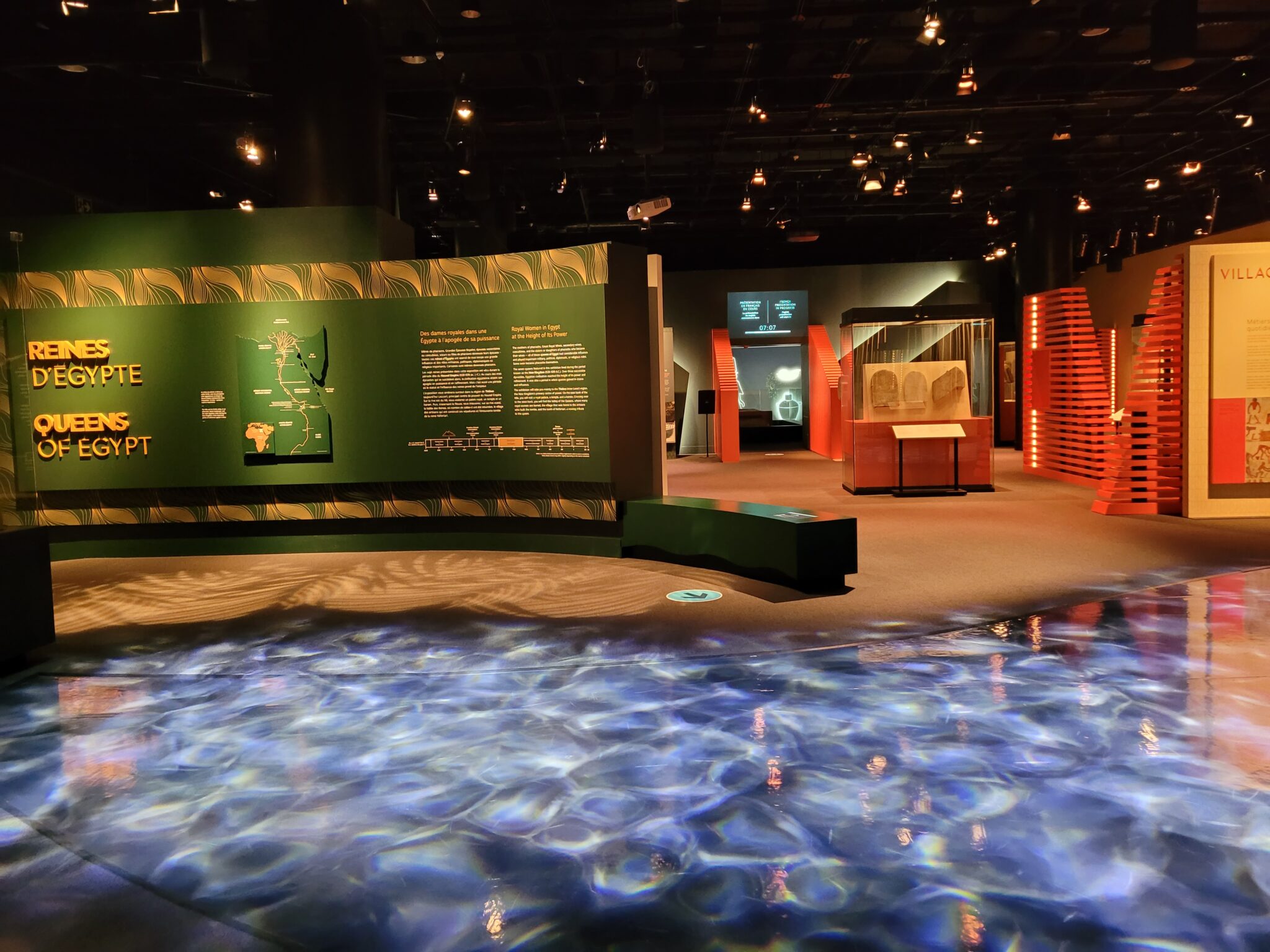
These technologies mean that their users can be offered phygital experiences (a combination of the words ‘physical’ and ‘digital’) which blend in situ experiences with remote ones, allowing significant engagement and heightened immersion.
Finally, we also talk about artificial intelligences, capable of automating complex procedures, but also of developing creative works, and which consequently allow the producers of digital experiences to save valuable time regarding certain processes, and to devote these hours gained to other aspects of their projects.
New technologies, all well and good – knowing how to combine them, even better!
Having incredible tools is all well and good, provided you understand how they may useful to us. On this subject, any project aiming to develop an immersive experience, as XR4Heritage intends to, first and foremost deserves to be fully thought through, explains Delphine Jenart, Project Manager at Technocité. ‘The aim is to respond to the question, “how are we going to reengage the target audiences when nowadays there is such a profusion of leisure activities, so many sources of entertainment being offered to everybody?” We need to totally understand that, now these tools are gradually reaching maturity, we must focus on how to use and combine them to meet the goals we have set ourselves!’
And succeeding in doing so will effectively involve the combining of these different technologies: ‘the process is to use mixtures of different emerging technologies which we will reemploy, retransform; there already exist formulas to do so in the methodology and in the production pipelines. We will for example work on projects using iconography, mood boards and tools already employed in other industries and combine them with new tech. But these combinations will be different each time depending on the forms, the narration or the themes which are explored,’ explains Julien Abril, the president and co-founder of the French studio Graphics eMotion.
That is the case for most of the projects he runs with his teams in offering immersive multimedia experiences. One of the most recent is MCH — Queens of Egypt, presented by the Canadian Museum of History in Gatineau. It offers visitors multimedia screenings which transform the exhibition’s rooms into immersive and dynamic spaces which transport them 3,500 years back in time, to meet the women of power who shaped the destiny of one of the most important and ancient civilisations in history.
The virtual as an extension of the storytelling
All the experts we met singled out one aspect in particular: no matter the emerging technologies used, and no matter the combinations you decide to develop, there is one rule which must be observed: these tools must be at the service of the storytelling. They must elevate a story, an elaborate and well put together narrative, to attract and retain the attention of visitors for the duration of the experience.
When this mission is carried out successfully, the effect is simply incredible and conveys people to another world, another reality. And, in the context of the projects overseen by XR4Heritage, to another time.
Let us take the example of the interactive model of the town of Palava, produced by the Canadian studio Cadabra. The concept offers participants an experience which mixes the reality of a model of the town and an interactive animation combining 3D videos, cartography and scenography, thereby bringing to life the development phases of the various districts by way of a gripping and understandable narrative arc.
In a completely different universe, but still with storytelling as the central focus, the French studio Small Creative offers Call Me Calamity, an historical show for small groups which blends immersive theatre and virtual reality to recount the origins and life of the legendary Calamity Jane. Carried by a talented actress, this show uses advanced technological devices which allow her to literally slip inside the skin of this remarkable historical female figure, and allows the audience to interact with her in fluid and immersive ways.
A perpetual movement, a world to be discovered
Whilst these experiences already show the extent to which the use of emerging technologies is full of promise, practically everything remains to be done. Within the scope of the goals defined by XR4Heritage, in other words to reconstruct and bring back to life our shared past for the audience and allow it to discover our historical heritage, numerous fields remain to be explored and made the most of. This will be carried out by working even more on the formats used, the narratives developed, and by trialling combinations of new technologies and new mediums through which users experience them.
As Julien Abril persuasively argues: ‘We are still at the stage of looking for and creating job titles for the professions we are developing. For instance, we nowadays talk about ‘immersive multi-screen directors,’ a totally new skillset. Cinema has existed for a hundred years; video games have been around for forty. But here we are still dealing with types of technology which are completely new.’
A story, projects or an idea to share?
Suggest your content on kingkong.

